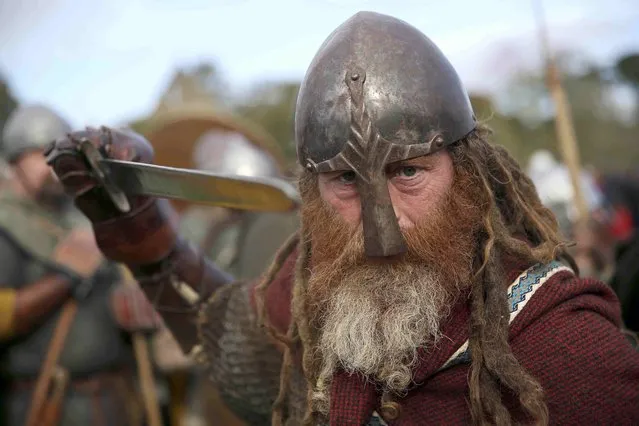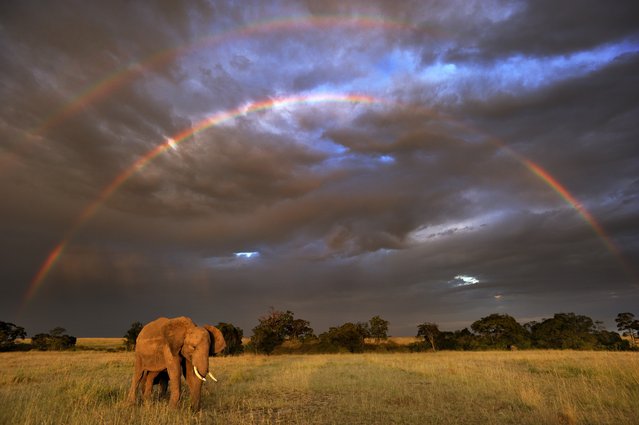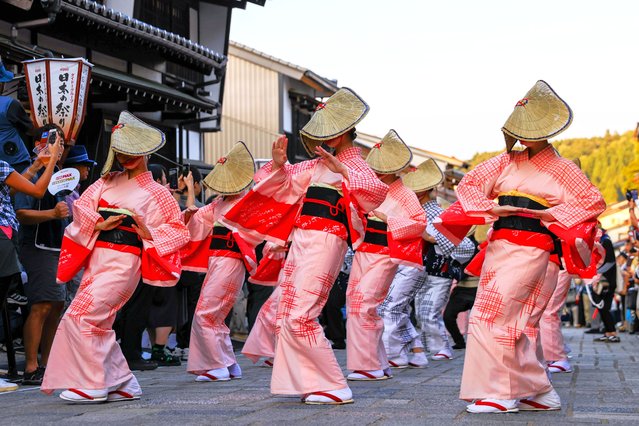
A re-enactor poses for a portrait before a re-enactment of the Battle of Hastings, commemorating the 950th anniversary of the battle, in Battle, Britain October 15, 2016. Some thousands of history buffs including many in full costume marked the 1066 Battle of Hastings with a dramatic reenactment that commemorates one of the most important events in British history. (Photo by Neil Hall/Reuters)
16 Oct 2016 11:16:00,post received
0 comments







